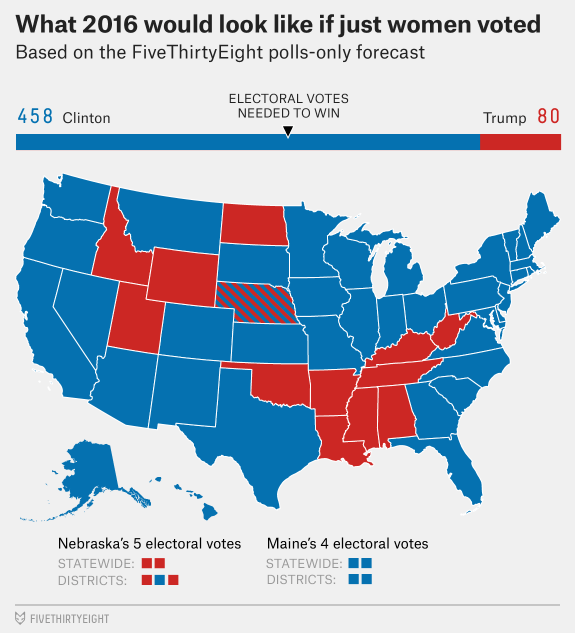Activism/Slacktivism
This morning (October 31) I started noticing friends checking in to Standing Rock, ND, the location of protests by Native Americans (the Standing Rock Sioux) against the Dakota Access Pipeline. My first reaction was to assume the unlikely: some friends were traveling to join the protests. Wow, right? No, it turned out some Facebook users were encouraging others to check in at that location to confuse law enforcement, which was supposedly tracking protesters via Facebook. Still noble if it works, but I tend to sit back in such situations and see if there really is something to it rather than leaping in with my precious social media account without looking.
Turns out there is some doubt about whether this is effective or necessary. A Snopes article attempting to sort it out, most interestingly, quotes members of the protesting camp saying it would be better to donate to their cause than to check in via Facebook. You decide: I’ll continue to hesitate before doing things like this (after all, I am generally loathe to even change my profile pics for causes, so there).
As usual, I cannot help myself.
I’m urging everyone to check in to my house on FB so the Trick or Treaters think the candy is gone
— Doug Haslam (@DougH) November 1, 2016
Ballot Selfies
Filed under: See, I’m Not Always a Hater:
While we are on the subject of activism, voting is the thing that most all of us can do to affect an outcome. Also, I like ballot selfies; I think they’re a great, fun way to celebrate participatory democracy. Unfortunately, the practice is illegal in some states, via laws that are often naively triggered by fears of voter fraud (“take your picture to prove you voted for who we told you” – like I said, silly). I suspect such laws will be gone, one at a time, and in fact some are already going away.
Here is a guide to where ballot selfies are allowed and where they are not (note: Massachusetts Secretary of State William Galvin has all but admitted the law in Massachusetts isn’t being enforced- just in case, I’m not telling if I am going to take one).

The tricky world of listing clients on your web site
Agencies love to brag about their high-profile clients, but anyone who has been at an (ethical) agency knows it’s a great idea to get permission to display client names and logos in promotional materials. There are a number of legitimate reasons a company may not want to be listed (or maybe they’re just being petty jerks, but it’s their prerogative).
This concept came to mind when a friend passed around this story of liquor maker Patron suing a former digital marketing agency for still listing them as a customer. While in this case the agency in question, according to the story, is out of business despite the left-behind Web site, it did get me to thinking about what consultants and agencies need to think about when publicizing their client relationships:
- Are you doing something you can even disclose?
- Is it ok to talk about former clients? (Is labeling them as past clients enough?)
- What is your relationship? Do you have the relationship capital with the client to make this ask?
- What does it do for you to parade the relationship? It most likely is good for you to have prospects know about your awesome clients, but is there a reason it’s wiser to hold back?
Don’t Tell Me When to Tweet
Another study telling you when to Tweet. Worth noting, worth ignoring if your data says otherwise. Always trust your own data and your own circumstances. As my good buddy Chris Thilk notes:
Studies like this about best times to post on social are good, but don't let them overrule your own program metrics: https://t.co/0mtJS4AxOF
— Thilk (@ChrisThilk) October 25, 2016
Fun with Data, Electoral Map Series
Leading up to this fall’s election, I have seen a lot of people share “This is what the Electoral Map would look like if only men/women/Millennials/whatever voted” graphics. The “women” one, of course prompted knuckle-draggers to call for the repeal of the 19th amendment to keep those pesky creatures from putting one of their own in office.

For myself, I find these graphics absurd; I understand that they point out the preferences for certain segments of the electorate, but no vote occurs in a vacuum, no demographic votes in a vacuum, and votes are not counted this way. Thus, I found that the following graphics represent Electoral Maps that are just as realistic as any of these others.
Happy Election Day everyone.
https://www.instagram.com/p/BLrA1b9AKFr/
https://www.instagram.com/p/BLrfbUYAbGk/
https://www.instagram.com/p/BLrzGHBAyYI/
https://www.instagram.com/p/BLr1fiYAHLI/
https://www.instagram.com/p/BLr4_xUgI0V/
https://www.instagram.com/p/BLr6c_vgvFj/
https://www.instagram.com/p/BL2e4TTAxgJ/
https://www.instagram.com/p/BMAB0svAHbS/
https://www.instagram.com/p/BME6_VBA23D/